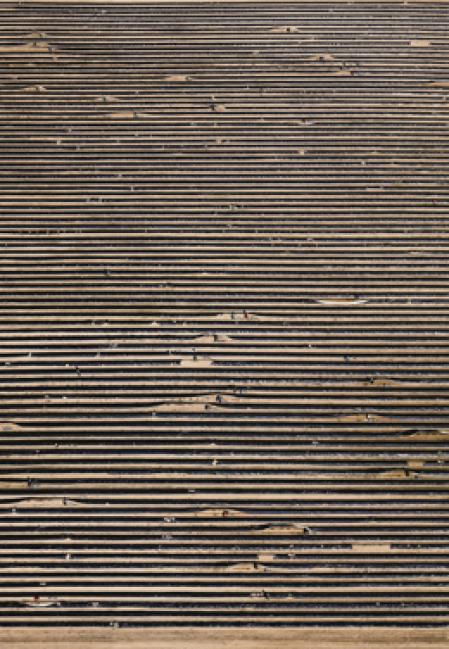dis order – Order – Disorder
There is a Modernist concept reflected in the Museum Folkwang collection, namely design according to abstract visual orders. How relevant is this concept today? Grids and stripes shape our daily lives and are reflected in the architecture surrounding us. In Andreas Gursky’s photographs, for example, the strict, geometric order of our day appears to continue endlessly: agribusinesses, factory halls, supermarkets, office complexes, hotels. The industrially streamlined forms constitute an “all-over” of our everyday lives.
At the same time new technologies enable the rendering of patterns that seem chaotic and irritating at first glance, such as networks and fractals. Visual systems and disorders determine one another and overlap. Refractions, irregularities and random aspects in structures promise an openness and flexibility beyond rigid patterns. How did we arrive at this concurrence of visual order and disorder?
Next chapter: Formal Collections …
Share on

